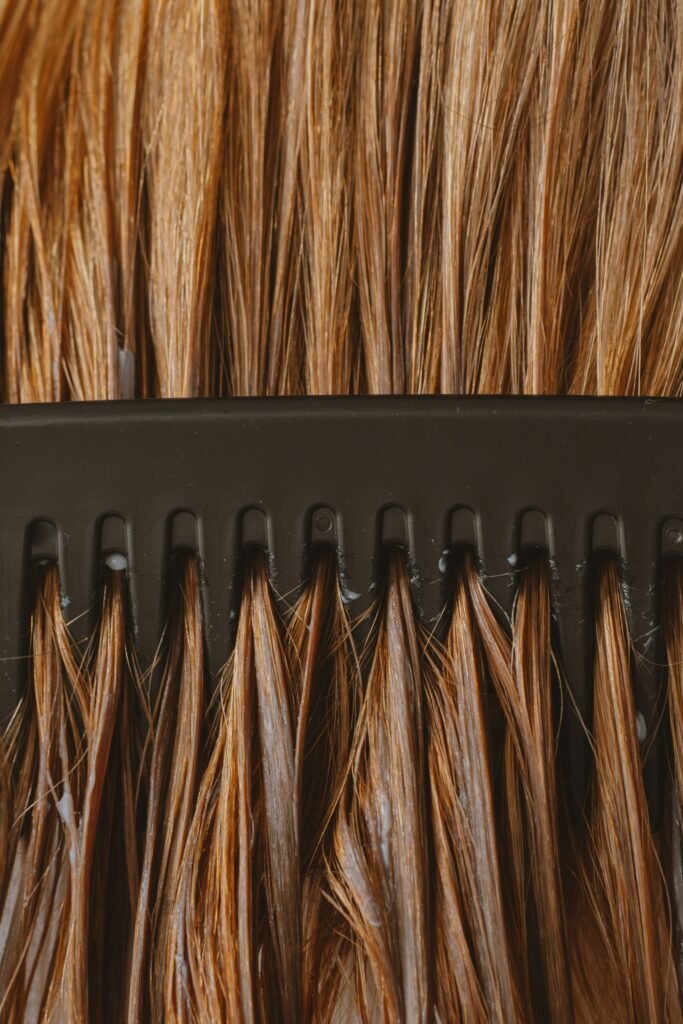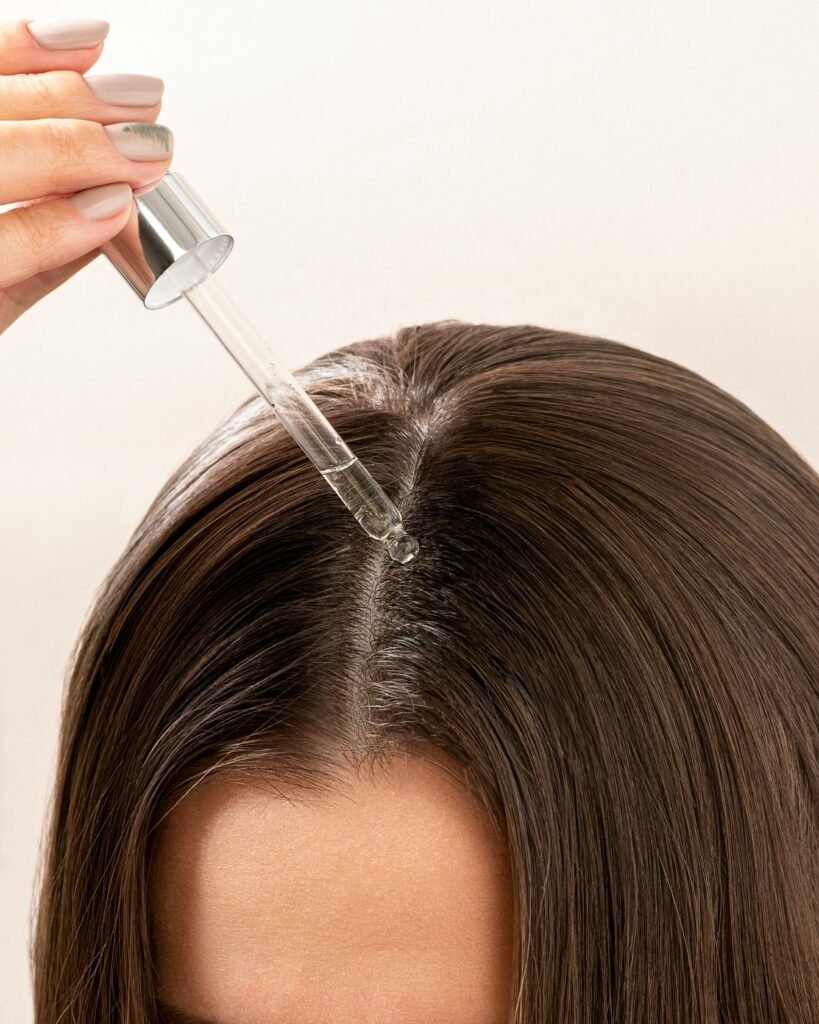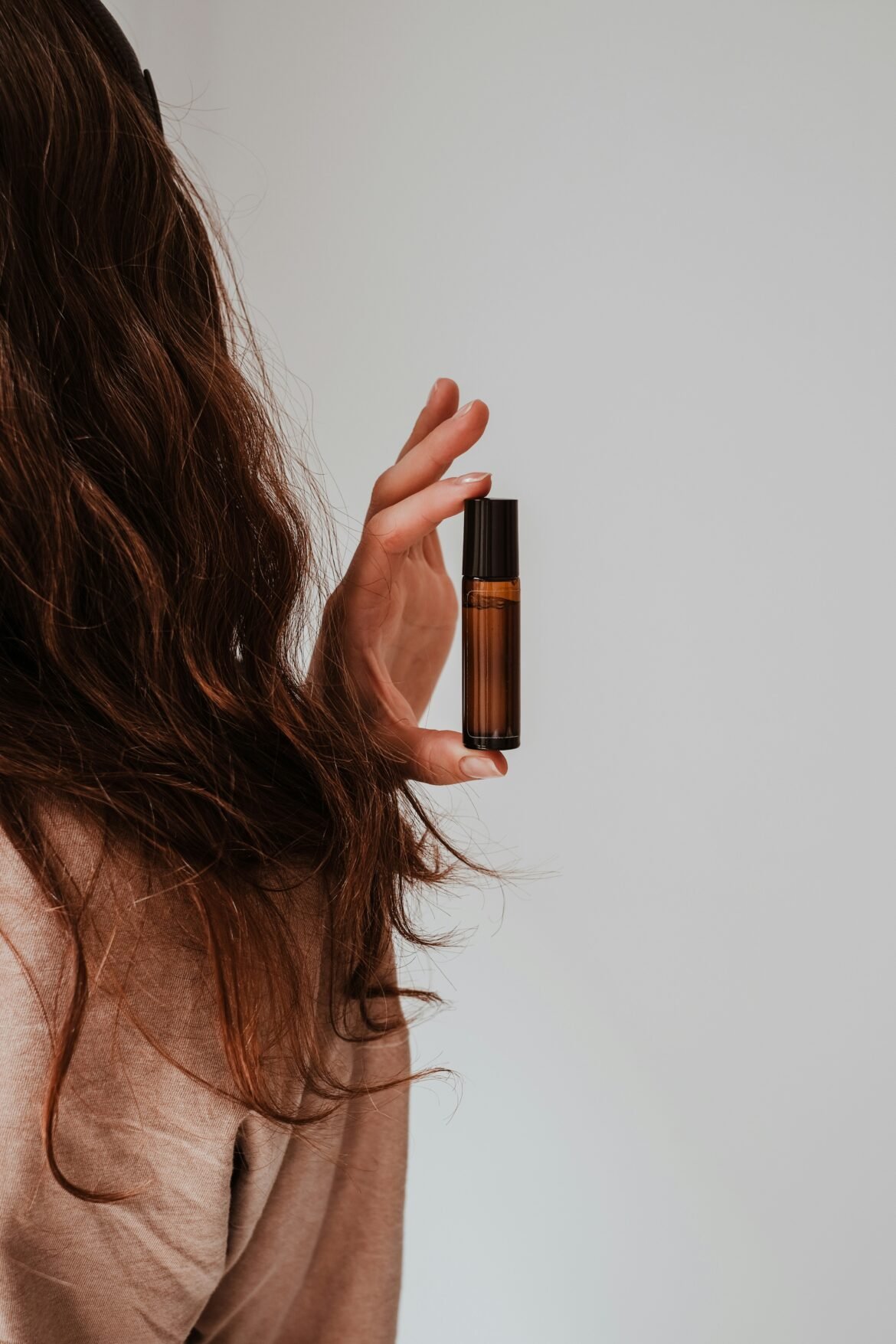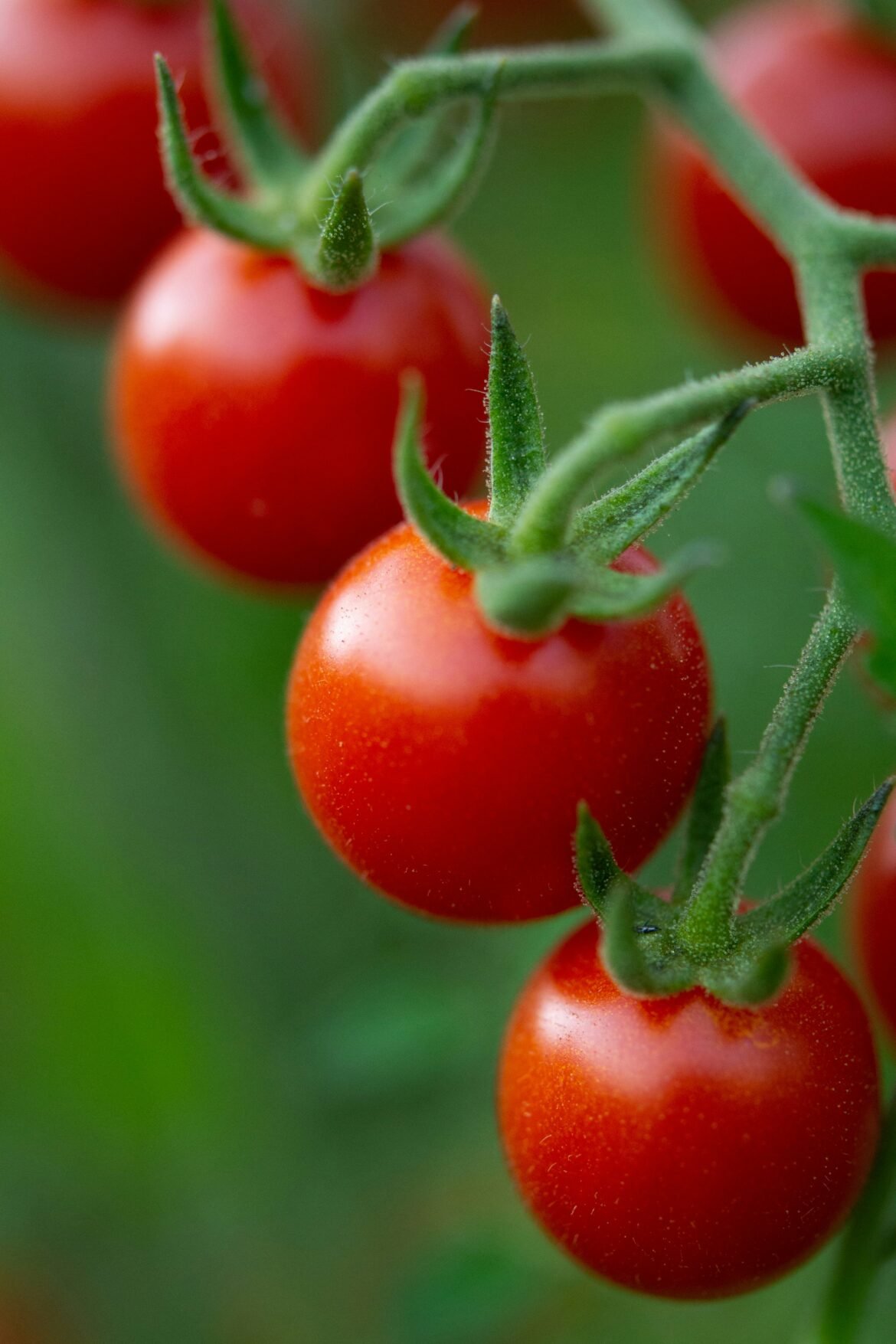The 3 Hair Oils That Saved My Ends
That Endless Battle With Dry Ends
If you’ve ever stood in front of the mirror holding your hair and sighing at the frayed, straw-like ends, trust me—you’re not alone. I’ve been there more times than I care to admit. No matter how much conditioner I slathered on or how often I trimmed, my ends just kept breaking. At one point, I was convinced I’d never grow my hair past my shoulders because it felt like everything I gained at the roots was getting chopped off at the ends.
My bathroom shelf was a museum of failed attempts: fancy serums, heavy masks, even “miracle” sprays that promised to glue my split ends back together. All they really did was weigh my hair down or make it greasy. I was spending too much money for results that barely lasted a day.
Then came my turning point. After a late-night rabbit hole of research on traditional beauty practices, I realized I was overcomplicating things. Women around the world had been caring for their hair for centuries without a single salon treatment or $40 serum. Their secret? Pure, natural oils.
So I tried it. I experimented, made mistakes, figured out what worked for my hair type, and slowly narrowed it down to three oils that truly changed everything. They didn’t just “mask” the problem—they nourished, repaired, and protected. My ends are finally soft, shiny, and (this feels like a miracle) they actually stay intact.

My Hair Revival Journey
The first weeks were honestly a bit clumsy. I didn’t know how much oil to use, so sometimes I’d end up looking like I’d dunked my head in a fryer. Other times I was too cautious, applying a drop or two that disappeared instantly without making any difference.
But as I learned how to use these oils properly, something amazing happened. My hair began to feel different. Softer, smoother, less brittle. By the second month, my breakage was noticeably reduced. When I went to my hairdresser, she actually said, “Wow, you barely need a trim this time.” I nearly fell out of the chair—I’d never heard those words before.
The best part? These oils aren’t luxury items. They’re affordable, easy to find, and last for ages because you only need a little at a time.
The Three Oils That Saved My Ends
So what are these miracle workers?
1. Argan Oil – The Liquid Gold
Straight from Morocco, argan oil is loaded with vitamin E and essential fatty acids. It sinks right into the hair shaft, restoring elasticity and giving that silky feel. Whenever I use argan oil, my hair looks instantly shinier but never greasy. It’s like giving my ends a protective hug that seals in moisture.
2. Coconut Oil – The Strengthener
Coconut oil has been used for centuries in Indian and Southeast Asian haircare—and for good reason. It’s one of the only oils proven to reduce protein loss in hair. That means it strengthens from the inside out, making your strands less likely to snap or split. For me, coconut oil is my go-to for deep overnight treatments.
3. Jojoba Oil – The Balancer
What makes jojoba so unique is that it mimics the scalp’s natural sebum. It moisturizes without being heavy, helps balance oil production, and adds a light softness to the ends. On days when I don’t want to overload my hair, jojoba is my best friend.
Together, these three oils are the dream team: repair, strengthen, and protect.
A Little Storytime
My husband was actually the first to notice. One evening, as I was getting ready, he casually said, “Your hair looks… shinier. Did you do something different?” Now, if your partner notices a hair change without being prompted, you know it’s real.
Then came my best friend. We’d been commiserating over split ends for years, so when she saw my hair looking smoother, she immediately demanded my “secret product.” When I told her it was just three oils, she laughed. But now she’s converted too, and we trade tips on how we mix and apply them.
The most touching moment? My mom running her fingers through my hair and saying, “This feels like your hair did when you were a teenager.” That’s when I knew I was onto something.
Why These Oils Work When Others Don’t
The difference between these oils and most commercial products is simple: purity. Store-bought serums often coat your hair with silicones, making it look smooth for a day but not actually fixing anything. Oils, on the other hand, go deeper.
- Argan oil repairs elasticity and fights breakage.
- Coconut oil reinforces the hair’s protein structure.
- Jojoba oil restores balance and seals in moisture.
Used together, they’re like a three-step rescue plan for your ends.
What You’ll Need
- Pure, cold-pressed argan oil
- Virgin, unrefined coconut oil
- Pure, cold-pressed jojoba oil
- Small dropper bottles (to mix your own blends)
- A wide-tooth comb
- A silk or satin pillowcase (trust me, this makes a difference)
- Hair clips for sectioning
Optional: a warm towel or heat cap for deep treatments.
How I Use The
Weekly Deep Treatment
I mix equal parts argan, coconut, and jojoba. I warm the blend in my hands, then apply generously to my ends and mid-lengths (avoiding the roots). I twist my hair into a bun, wrap it in a warm towel, and let the oils sink in for 30–60 minutes—or overnight if I’m feeling brave. In the morning, I wash as usual.
Post-Wash Routine
After towel-drying, I take 2–3 drops of argan + jojoba, rub them between my palms, and lightly pat onto the ends. This keeps them soft and shiny without any heaviness.
Daily Quick Fix
If my ends look dry between washes, I use one tiny drop of jojoba, warm it in my hands, and smooth it just over the very tips. Instant refresh.
Tips I Learned Along the Way
- Less is more. Start with a drop or two—you can always add more if needed.
- Customize. Fine hair may need more jojoba, coarse curls might love coconut.
- Be consistent. Oils work best when used regularly, not just in emergencies.
- Protect overnight. Sleeping on silk or satin prevents friction and keeps oils where they belong—on your hair, not your pillow.
Substitutions & Variations
If you can’t find these exact oils, don’t worry. Grapeseed oil is a great lightweight alternative to jojoba, and avocado oil can stand in for argan when you want extra nourishment. Sweet almond oil is another lovely, lighter option if coconut feels too heavy.
You can also get creative:
- Add a few drops of rosemary essential oil for growth.
- Mix in lavender for scalp soothing.
- Combine aloe vera gel with oil for a DIY heat protectant.
A Healthier Haircare Routine
Switching to oils isn’t just better for your ends—it’s better for your overall routine. You’re avoiding silicones, parabens, and synthetic fragrances while giving your hair exactly what it needs: moisture, protection, and strength.
And here’s something I didn’t expect: my scalp feels healthier too. Less itchiness, less dryness, and even my growth feels more consistent. It’s like my whole head of hair has been thanking me.
Final Thoughts
If you’re exhausted from battling dry, brittle ends and wasting money on products that don’t deliver, give these oils a try. Argan, coconut, and jojoba might sound simple, but together they’re powerful. They’ve saved my ends, helped me retain length, and made me fall in love with my hair again.
Sometimes the best solutions really are the simplest ones.

Frequently Asked Questions About Hair Oils
1. How often should I apply these oils to my hair?
For intensive treatment, once a week is ideal. For daily maintenance, a few drops on damp hair after washing or on dry ends between washes works well.
2. Will these oils make my hair look greasy?
Not if used correctly. The key is using small amounts and focusing on the ends rather than the roots. Start with 2-3 drops and adjust as needed.
3. Can I use these oils if I have fine hair?
Yes! Jojoba oil in particular is excellent for fine hair as it’s lightweight. Use minimal amounts and primarily on the ends.
4. Do I need to use all three oils, or can I choose just one?
While each oil has unique benefits, you can start with just one if preferred. Jojoba is the most versatile if choosing only one.
5. How long before I see results?
Most people notice improved softness immediately, reduced breakage within 2-3 weeks, and significant improvement in overall hair health within 1-2 months.
6. Can these oils help with hair growth?
While they don’t directly stimulate growth, they improve retention by preventing breakage, which helps hair grow longer over time.
7. Are these oils suitable for all hair types?
Yes, though the proportions might differ. Curly and coarse hair typically benefits from more coconut oil, while fine hair does better with more jojoba.
8. Should I warm the oils before applying?
Warming oils slightly (especially coconut oil, which solidifies at room temperature) can help with penetration, but they don’t need to be hot.
9. Can I leave these oils in my hair without washing them out?
Yes, when used in small amounts as a leave-in treatment. For intensive treatments with larger amounts, washing out is recommended.
10. Will these oils help with dandruff or dry scalp?
Jojoba and coconut oils in particular have anti-fungal and moisturizing properties that can help with dandruff and dry scalp conditions.
11. Are there any hair types that should avoid certain oils?
Some very fine hair types may find coconut oil too heavy. Those with protein-sensitive hair might need to use coconut oil sparingly.
12. Can I mix these oils with my regular hair products?
Absolutely! Adding a few drops to your conditioner or styling products can boost their moisturizing power without changing your routine dramatically.












